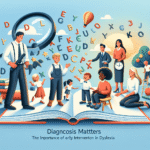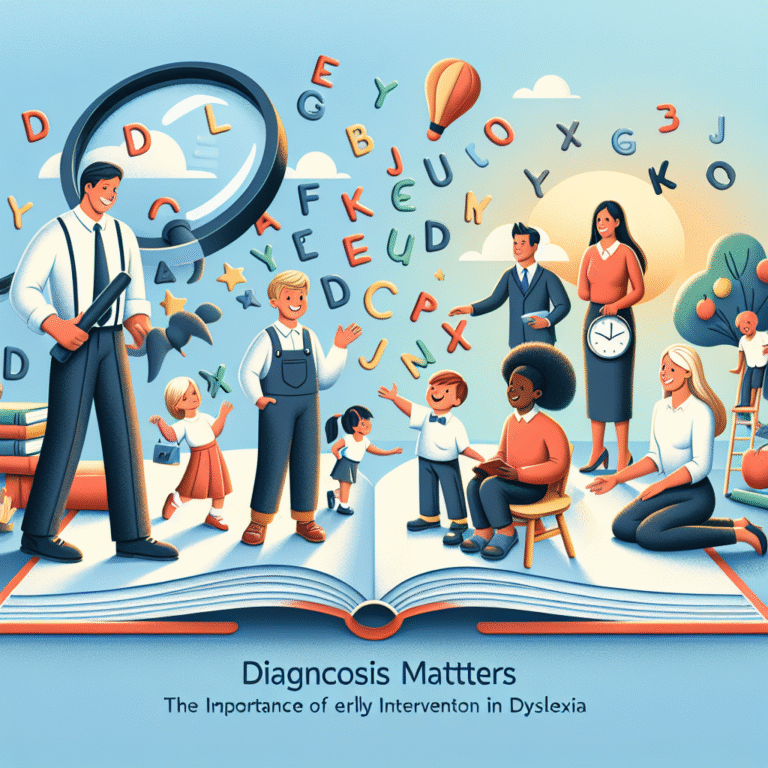
Introduction
Imagine you’re walking through a bustling market, the sound of laughter, chatter, and the sizzling of street food fills the air. Suddenly, a thought crosses your mind that sends an unexpected wave of discomfort through your body. You shake it off and continue on, resisting the urge to explore that uncomfortable feeling. What just happened there? Welcome to the hidden side of your mind.
The Hidden Side of the Mind: Exploring Unconscious Defense Mechanisms refers to the intricate patterns our minds use to shield us from anxiety, pain, and stress—often without us realizing it. While these mechanisms serve a crucial role in maintaining our psychological balance, they can also lead us to avoid confronting essential truths about ourselves. In this article, we will dive deep into various unconscious defense mechanisms, what they are, how they function, and their real-world implications.
Understanding Unconscious Defense Mechanisms
What are Defense Mechanisms?
Unconscious defense mechanisms are psychological strategies that our minds employ to cope with anxiety and protect our self-esteem. They operate below our conscious awareness, helping us manage uncomfortable feelings or thoughts. The term was popularized by Sigmund Freud and later elaborated upon by his daughter Anna Freud, who identified a range of these mechanisms.
Common Defense Mechanisms
- Repression: Unconsciously blocking out painful thoughts or memories.
- Denial: Refusing to accept reality or facts, thereby protecting oneself from distress.
- Projection: Attributing one’s unwanted feelings or thoughts to someone else.
- Rationalization: Creating logical reasons to justify irrational behavior.
- Displacement: Redirecting emotions from a threatening target to a safer one.
Why Do We Need Them?
Defense mechanisms are like mental shields that allow us to navigate life’s psychological stresses without succumbing to overwhelming anxiety. They can help soothe our minds when we’re confronted with loss, fear, or trauma. However, they also have the potential to distort reality, leading to unhealthy coping strategies if relied upon too heavily.
The Impact of Defense Mechanisms
Case Study: Laura’s Repression
Laura, a 32-year-old graphic designer, experienced a traumatic breakup that left her emotionally raw. Instead of processing her feelings, she buried them deep within her subconscious. Time passed, and Laura outwardly appeared to have moved on. However, she found herself unable to concentrate at work and withdrew from social interactions. This case illustrates the hidden side of the mind: exploring unconscious defense mechanisms, highlighting how repression can manifest into detrimental behavior.
Analysis
In Laura’s scenario, repression led to a range of subsequent issues affecting her daily life. Here, the defense mechanism initially meant to protect her from immediate pain ended up complicating her emotional health. Acknowledging her feelings could have led to healing rather than disengagement.
The Role of Culture and Environment
Cultural factors heavily influence which defense mechanisms individuals utilize. For instance, in collectivist societies, people may rely more on denial and rationalization to maintain group harmony, while in individualistic cultures, projection and displacement might be more evident.
Charting the Mechanisms
| Defense Mechanism | Definition | Example |
|---|---|---|
| Repression | Blocking out feelings | Forgetting a traumatic event |
| Denial | Refusing to acknowledge reality | Ignoring health advice |
| Projection | Attributing feelings to others | Accusing others of being selfish |
| Rationalization | Justifying behavior | Claiming to be too busy for friendships |
| Displacement | Redirecting emotions | Yelling at family instead of a boss |
The Consequences of Unchecked Defense Mechanisms
The hidden side of the mind: exploring unconscious defense mechanisms is essential, as it reveals how failing to recognize and address these strategies can lead to adverse consequences like mental health issues, turbulent relationships, and pervasive unhappiness.
Case Study: Mark’s Projection
Mark frequently erupted in anger at his coworkers, criticizing their work ethic. He was unable to recognize his own feelings of inadequacy about promotion prospects. Through therapy, he realized he was projecting his own frustrations onto others.
Analysis
Mark’s use of projection hindered his professional relationships and stunted his personal growth. By turning the lens inward, he could initiate a more constructive dialogue with himself and his coworkers.
Navigating the Unconscious
Self-awareness and Reflection
Becoming aware of our unconscious defense mechanisms is the first step toward understanding their impact. Self-reflection practices such as journaling or mindfulness can help us identify when we might be falling back on unhealthy defenses.
Therapeutic Approaches
Therapy can offer valuable tools for addressing and reframing unconscious defense mechanisms. Cognitive Behavioral Therapy (CBT), for instance, assists individuals in identifying their thought patterns and encourages them to confront avoided feelings in a supportive environment.
Real-world Applications
Corporate Settings
In workplace environments, leaders can foster a healthy culture by recognizing defense mechanisms at play. By promoting open communication, companies can reduce the incidence of defense mechanisms that obstruct team dynamics, leading to increased productivity and morale.
Educational Institutions
Educators can benefit from understanding students’ defense mechanisms, thereby providing necessary support during emotionally charged situations. This awareness can guide teachers in developing personalized strategies to help students navigate their feelings effectively.
Conclusion
The hidden side of the mind: exploring unconscious defense mechanisms reveals a complex interplay of strategies designed to protect us from psychological harm. While they often provide immediate relief, it is vital to confront and understand these mechanisms to foster emotional health and resilience.
By recognizing our habitual responses to stress, asking the right questions, and engaging in reflective practices, we can navigate the landscape of our emotions more effectively.
Remember, the journey toward self-awareness is ongoing. Embrace it with the knowledge that understanding can lead to profound personal transformation.
FAQs
1. What are some common signs of defense mechanisms in everyday life?
Common signs include emotional outbursts, avoidance of certain topics, or over-explaining one’s actions.
2. Can defense mechanisms be entirely eliminated?
Not entirely. While it’s possible to reduce reliance on them, some defense mechanisms may still emerge in times of stress.
3. How can I identify my specific defense mechanisms?
Self-reflection and mindfulness practices can reveal patterns in your reactions during stress or confrontation.
4. Are defense mechanisms always negative?
Not always. They can be adaptive in the short term but may lead to negative consequences if relied upon excessively.
5. How can therapy help in addressing defense mechanisms?
Therapy offers a safe space to explore feelings and identify defense mechanisms, providing strategies to confront and reframe unhealthy responses.
In summary, understanding The Hidden Side of the Mind: Exploring Unconscious Defense Mechanisms opens the door to a richer understanding of ourselves and others. Embrace the journey, and take steps towards deeper emotional connection and growth.












